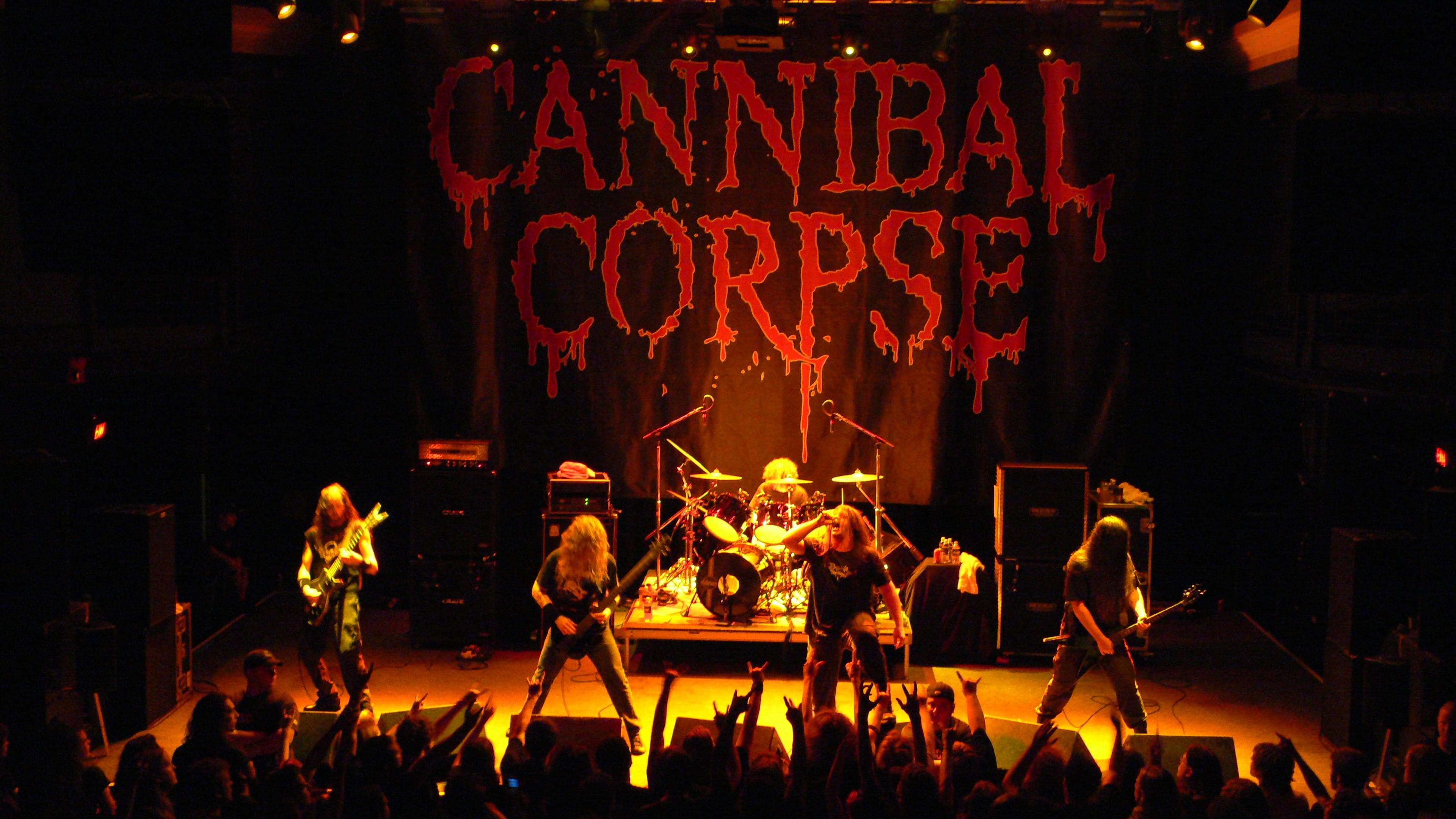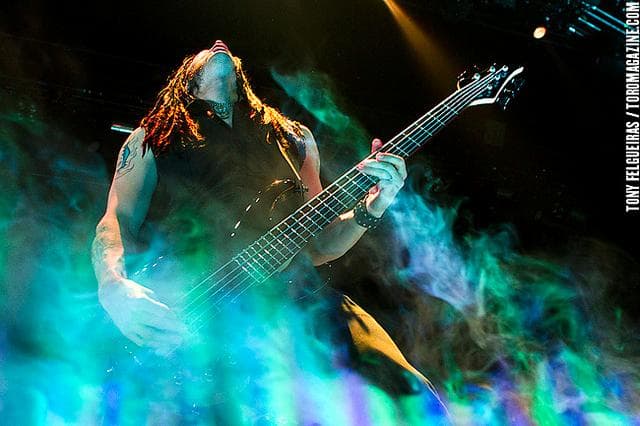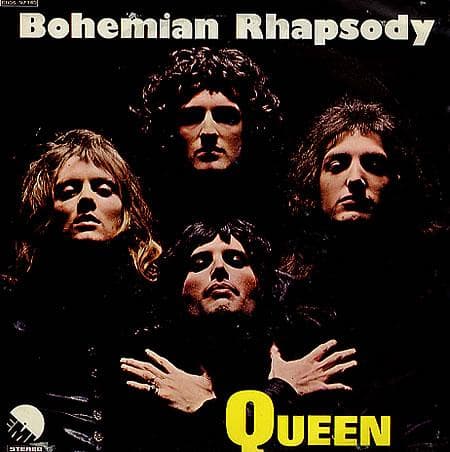-
(#1) Elephants Mourn For Weeks, Visiting The Graves Of Their Loved Ones
When elephants perform their death rituals, the herd generally surrounds the deceased body while nudging and fondling the carcass gently and swaying back in forth in an agitated, depressed state. The elephant mourning process can last for weeks, as the animal will often keep vigil over the dead animal’s remains and revisit their grave sites continuously.
In addition, elephants are an extremely sensitive species when it comes to death. Aside from mourning for their close-knit relatives, various cases reveal that elephants often mourn for unrelated elephant families as well as out-of-species creatures. Such as the case of Tarra, the elephant who mourned for the death of her small canine companion named Bella.
-
(#2) Mother Chimps Carry And Mourn Their Young For Weeks
When it comes mourning the loss of a dead family member, chimpanzees share similar characteristics as gorillas. Often, a chimp family gathers and circles around their deceased. They may holler, pace, sniff, and touch the body, often moving the limbs into various positions.
In the case of an infant’s death, mother chimps carry the baby’s body around for weeks, sometimes months. As a mother chimp mourns, she often continues to care, protect, and communicate with the body. Additionally, a young chimp mourning the loss of their mother is especially heart-wrenching. The young chimp often becomes severely depressed, and they might refuse to leave their mother's body, eventually starving to death.
-
(#3) Dogs Will Cry While They Protect The Body Of Their Companion
Canines are another special species whose death and mourning rituals are depressing to witness, as they are highly emotional creatures. When a dog mourns the loss of another canine companion, they often whine and cower over the body, occasionally pawing and licking at it. They may often remain beside the body for hours protecting it and softly moan. In some cases, mother dogs have been known to bury their dead pups. In addition, not only are dogs known to mourn for their own kind, but they are uniquely sensitive when it comes to the death of another species, which they consider part of their pack, including a variety of animals and even human beings.
-
(#4) Gorillas Bury The Bodies Of Their Dead
Gorillas are another social species that develops strong attachments within their family group. When a family member dies, the primates usually show various signs of interest and stress. Gorilla family members may gently pat and touch a dead ape, and may even bury the body with leaves. In some cases, mother gorillas have been known to carry around their dead infants with them for days or even weeks, protecting the body from carrion scavengers. As the body slowly decomposes, the mother will eventually lay it to rest, but may remain depressed for a while longer.
-
(#5) Sea Lions Moms Who Loose A Pup Will Cry Out For Days
Sea lions are generally solitary animals, often coming together only to mate and brood. However, the strong bonds sea lion mothers share with their offspring is genuinely deep. When a predator kills a pup, the mother sea lion becomes severely emotional and distraught. Often, she will cry out and moan for days over the loss of her baby. In cases where a pup is born stillborn, the mother will remain close beside the body for days often cuddling, nuzzling, and calling out sorrowfully to the carcass.
-
(#6) Horses Go Through A Grieving Process, Including Holding A Viewing Of The Body
Horses are highly social creatures and enjoy the companionship they find within their herd. When a member of the herd dies, it can impact the entire herd. Horses have been known to encircle a dead herd mate, often smelling the corpse and pawing gently at its body. Some horses mourn by standing quietly around the body keeping their heads low and eyes fixated on it, while others may run around in confusion, whinnying and calling out to their dead friend. Because horses can easily become depressed over the death of a herd mate, horse owners find it best to let their herd go through the grieving process by allowing them to examine the dead body before its buried.
-
(#7) Whales Guard The Dead Body Of Their Dead Friend For Days
Similar to dolphins, whales often gather around the lifeless body, touching it with their fins and taking turns to guard it closely.
In July 2018, a mother orca – named J-35, but also called Tahlequah – carried around her deceased infant everywhere she went. For 17 days, she pushed the calf along with her nose and gently gripped it in her mouth. The grieving parent traveled thousands of miles with her calf. This is not uncommon behavior, but experts note that the length of her grieving process is longer than normal; orcas tend to carry their dead for a couple hours up to a day.
In July 2020, scientists from Washington state announced that Tahlequah was pregnant. They captured images of Tahlequah in a pod of whales as part of a long-term study.
Another case involved a killer whale named L72, who reportedly carried her newborn dead calf in her mouth for an extended period of time. In addition to this, she was also seen balancing the carcass on her head just above the surface of the water.
-
(#8) Dolphins Will Try To Wake Up Their Dead Podmate And Will Carry Their Body
When a member of a dolphin family dies, the entire pod can become extremely emotional. They often poke the deceased member gently with their snouts examining the body and aggressively safeguarding it against predators. In the event a calf dies, mother dolphins have been known to stay with the decaying body for 30 minutes or even up to a few days. They often carry the baby gently in their jaws and protect it from being eaten by predators as it begins to float to the surface.
-
(#9) When A Goose's Mate Dies, It Becomes Depressed - Losing Weight And Avoiding Others
Geese are one creature that commits themselves to having only one mate for life. This strong bond often means the death of a partner will take a severe toll on the surviving bird. While grieving, geese are often known to stay with the body if it’s present. They will gently preen its feathers and sleep beside it for days.
In addition, the mourning process on geese rigorous which often involves the bird to lose its appetite, drops weight and avoid its flock. Eventually, a goose may find a new partner, which is usually another goose who has lost its mate as well. However, there have been some observations of geese attaching themselves to other types of species for companionship, including human beings.
-
(#10) Magpies Bring Gifts To Lay Around Their Dead Flockmates
Like most birds, magpies are aggressive and territorial, even among other magpies. However, general observation of the species (along with crows and ravens) morning the loss of the dead paints a different picture. Upon observing a magpie death ritual, witnesses noted a small group of the birds flocked around a dead comrade. They closely observed the body and gently picked at it. Soon each bird flew off and returned with bits of grass. Remarkably, each magpie laid their gifts around the body and kept watch over it for a short while before they departed.
-
(#11) Giraffes Hold 'Vigils' For Their Dead To Stop And Pay Respect
It’s been reported that even the world’s tallest creature is known to bend down to properly mourn for their dead. Various observations report how mother giraffes will splay their legs to bend down closely to lick and nudge their dead calf. Some mothers many remain vigil over the body of a calf for a few days, protecting it before they eventually leave it. In some instances, an entire herd of giraffes including bulls and cows, will stop to investigate the body of a dead giraffe.
-
(#12) Scrub Jays Communicate About A Death In Their Flock, And Circle The Body For Protection
Another avian species that participates in mourning and death rituals is the scrub jay, a relative of the blue jay. Close observations of scrub jays determined these birds tend to be highly sensitive when it come to the death of another scrub jay, even if they aren’t immediate family. Their death ritual involves a mass communication process between flocks, in which jays will call out to other jays to encourage them to gather around the dead bird’s body. Together, the groups will often spend several hours protecting the dead body while calling out various alarming chirps to one another.
New Random Displays Display All By Ranking
About This Tool
Do you think that animals will communicate consciously like humans? Or they will also have some specific life rituals? These are the most controversial topics in the scientific community. The death rituals of some animals may show that animals are completely sad like human beings. Many animals are group creatures, when facing death and the end of a relationship, they also have special farewell and mourning ceremonies.
For example, elephant groups will hold pious and respectful funerals for their dead members, and related records and reports are common. In 2003, the funeral of an African elephant named Eleanor in Kenya's National Park left a deep impression on zoologists. Here the random tool introduced 12 touching death rituals of different animals.
Our data comes from Ranker, If you want to participate in the ranking of items displayed on this page, please click here.

















